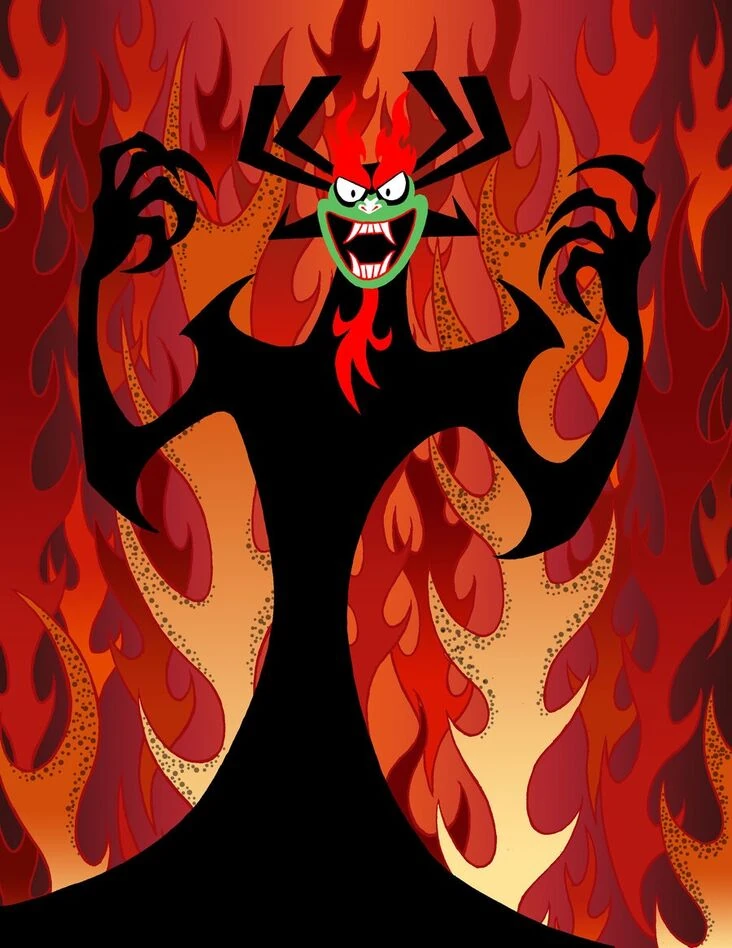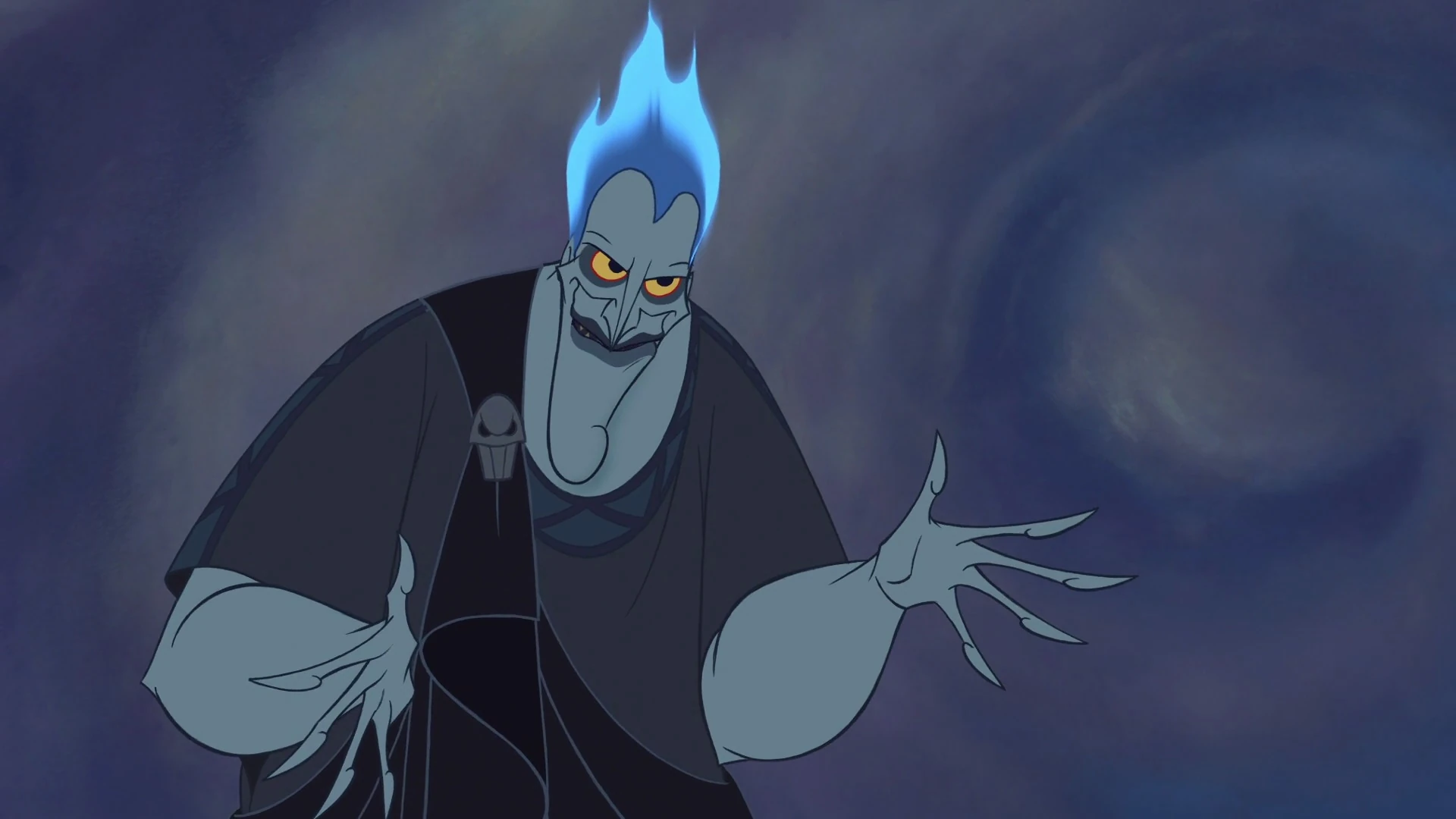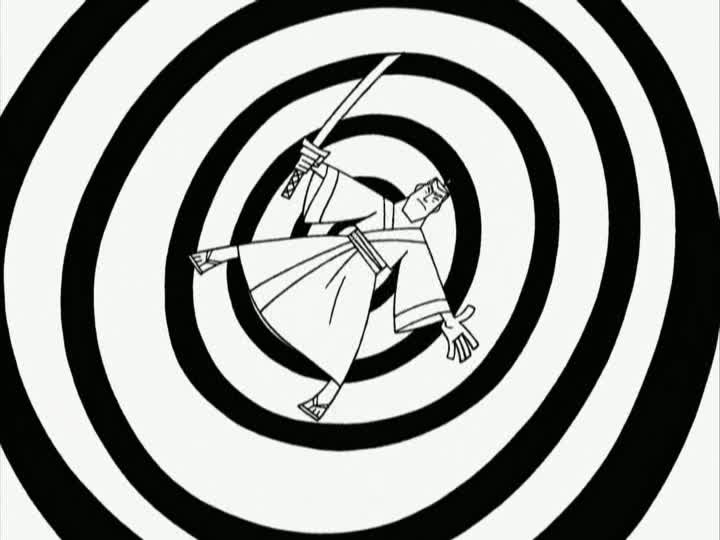There was Palkia, the Pokemon god of space.
 |
| http://bulbapedia.bulbagarden.net/wiki/Palkia_(Pok%C3%A9mon) |
Dialga, the Pokemon god of time
 |
| Dialga, time sorcerer |
And Giratina, the Pokemon god of anti-matter, banished to rule over the Distortion Realm for all eternity.
 |
| Giratina, the Pokemon Devil |
In the Diamond and Pearl video games, you can capture each of these legendary pokemon and bend them to your pre-pubescent protagonist's will. I am no pre-pubescent protagonist,
 |
| Picture unrelated |
But I'll be borrowing the powers of Dialga to take a look back at the Diamond and Pearl era of TCG releases for the first in a multi-part series of Regional Differences articles. So without further
 |
Diamond and Pearl Overview
Explaining the overlap between the English and Japanese releases of the Diamond and Pearl era expansions is actually fairly complicated. To assist with this process, I've put together the timelines below.
As you can see from the timelines, the English Diamond and Pearl era ran from May 23, 2007 - November 5, 2008 and covered a total of 7 expansions. The Japanese Diamond and Pearl era ran from November 30, 2006 - July 10, 2008, but evaluating the total number of expansions released during that period requires some explanation.
Unlike the English D&P releases, certain Japanese expansions were released via tandem mini-expansions. For example, the Japanese Diamond and Pearl Base set, known as "Space-Time Creation," was released in the form of two distinct booster packs: Diamond Collection and Pearl Collection. Diamond Collection and Pearl Collection together make up the Japanese expansion DP1, but Diamond Collection and Pearl Collection each contain certain cards that are unobtainable in the other booster pack. Similarly, Moonlit Pursuit and Dawn Dash both share set symbol DP4, but they are each their own mini-expansion. Of the 143 cards in DP4, 65 were only obtainable in Dawn Dash and 65 were only obtainable in Moonlit Pursuit, with 13 cards available in both expansions. Thus, the Japanese Diamond and Pearl era consisted of 9 booster pack releases, which together account for a total of 6 main expansions.
Astute observers of the Pokemon TCG timeline will note that I have not included the Japanese version of ex Power Keepers (World Champions Pack) in the Japanese timeline. While this set was released at the same time as Shining Darkness, I think it is more appropriate to consider this set a part of the "ex era" of releases and will be covered at a later date, but not as a part of this series of articles.
Over the next several weeks I'll be reviewing the regional differences between the English and Japanese expansions of the Diamond and Pearl era. Once I've finished DP6 and Stormfront, I'll circle back to discuss the Korean versions of these expansions. In the meantime, you can check out the previous Regional Differences articles by clicking the links below.
Countdown Calendar
European McDonald's Promos


thank you for your interesting information.
ReplyDeletecultured pearls